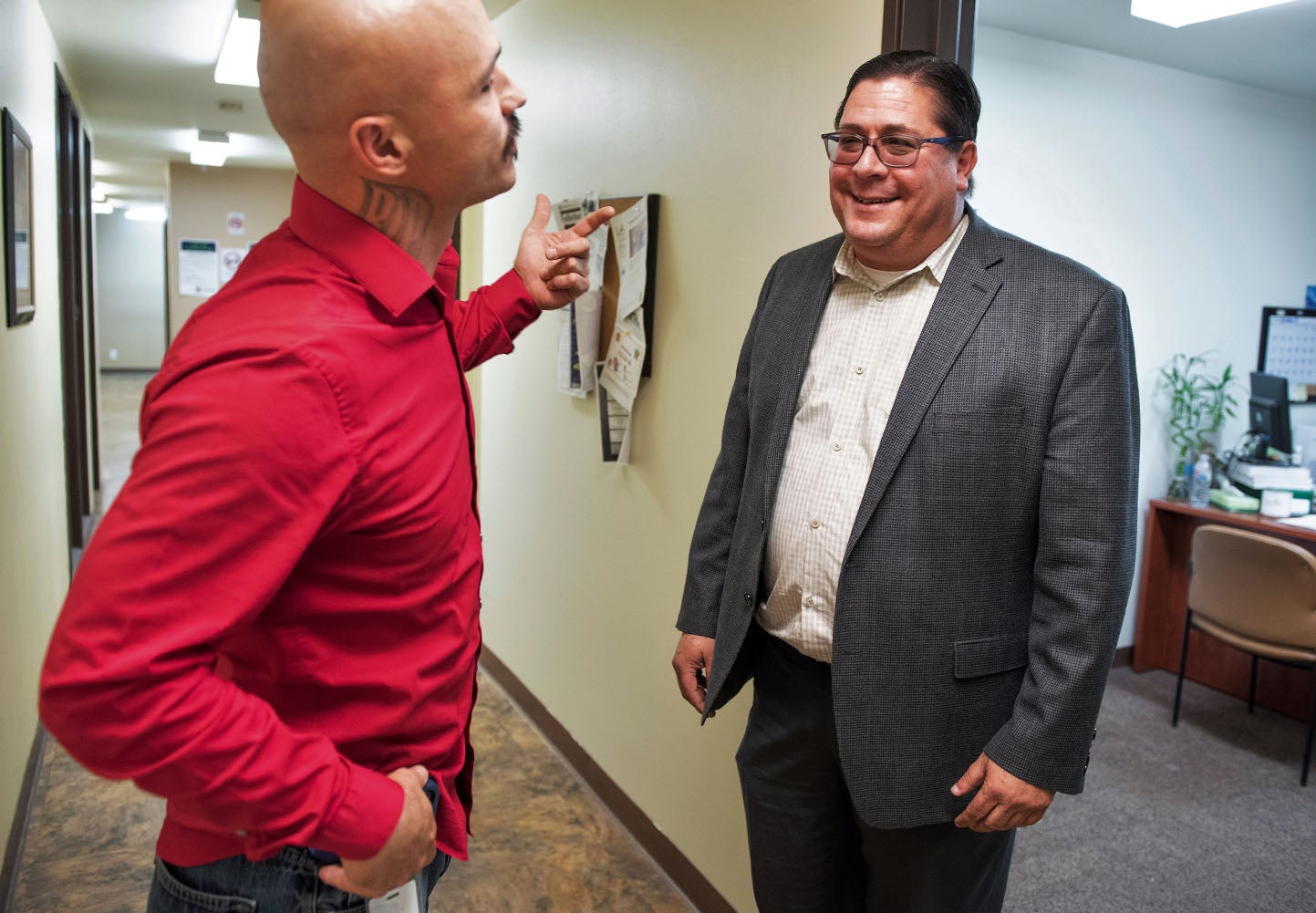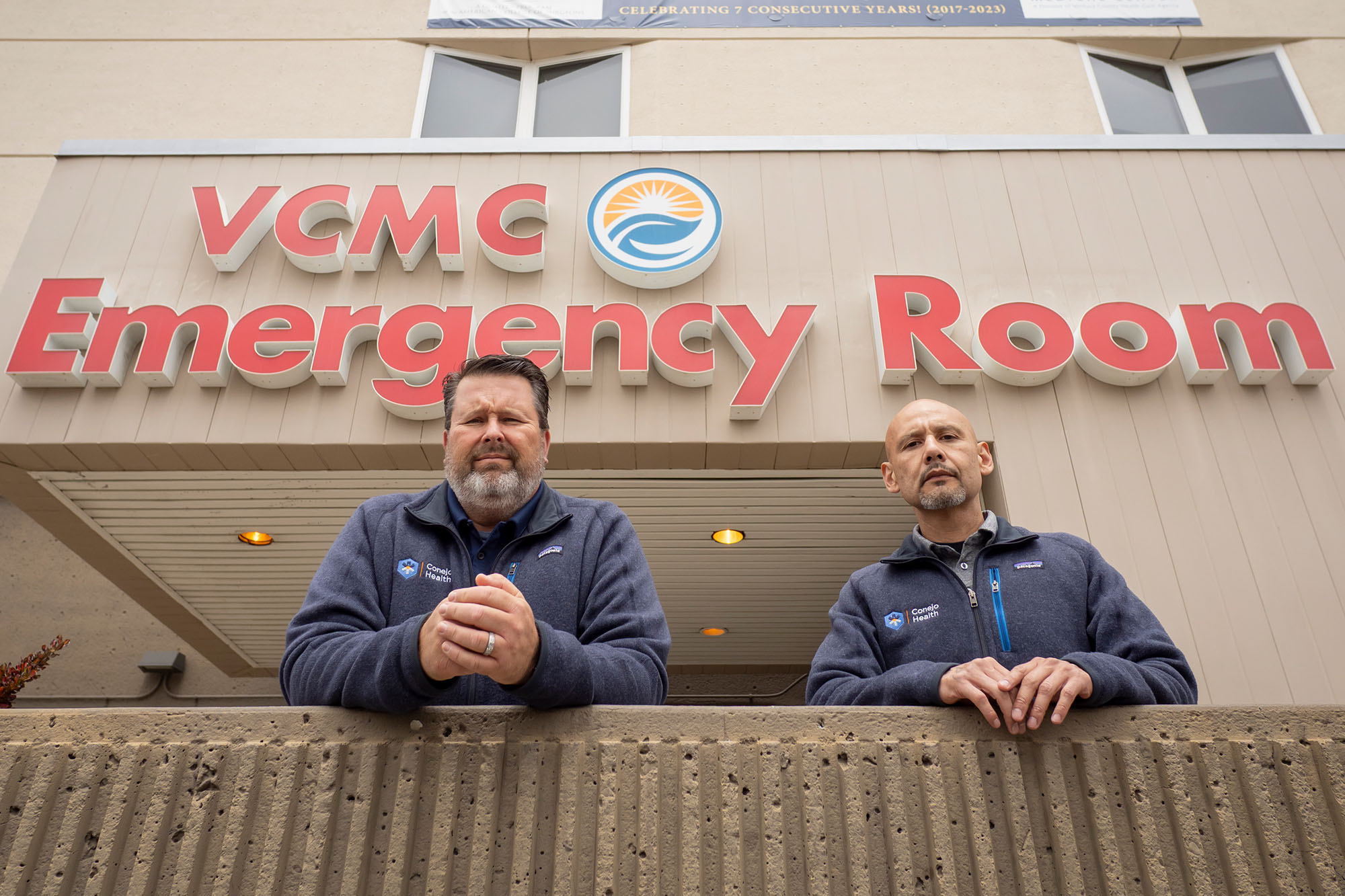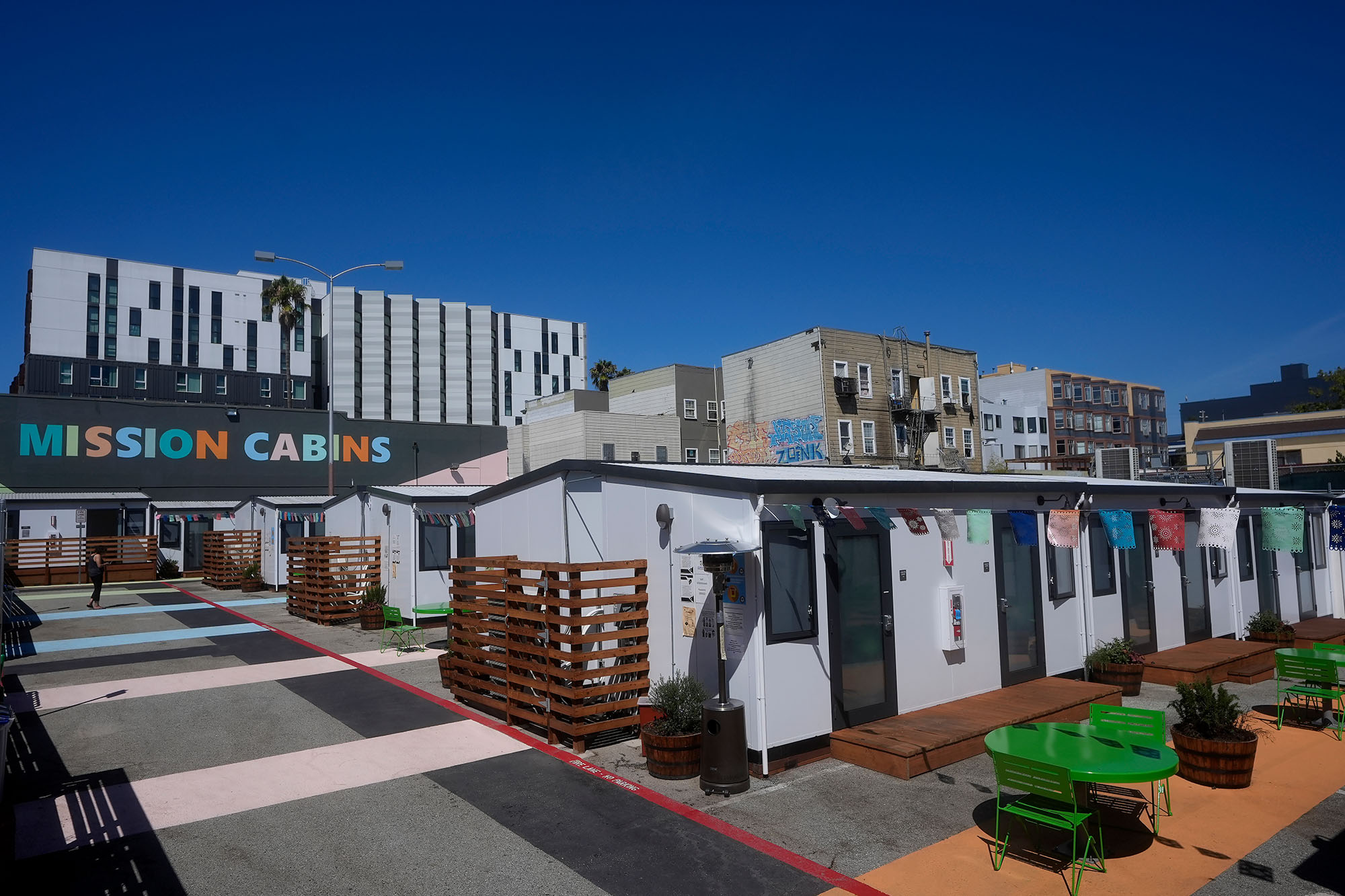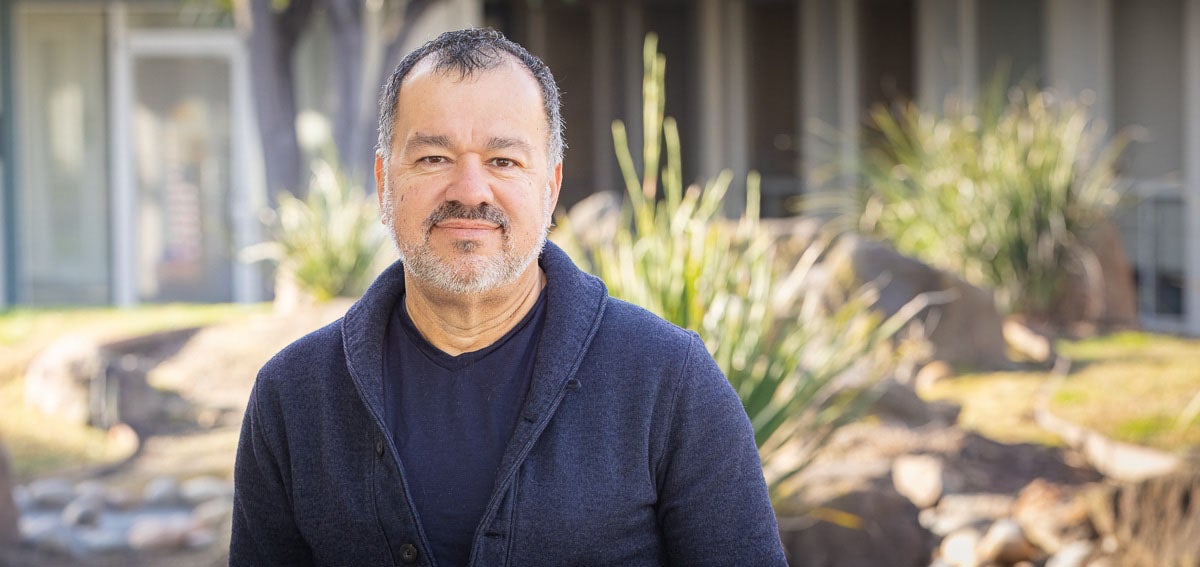
With little fanfare and plenty of hard work, substance use disorder treatment facilities across Los Angeles County are experiencing an extraordinary transformation after years of financial struggles and long waiting lists.
Because of a groundbreaking Medi-Cal waiver program administered by the county, they’re saying yes instead of no: yes to more patients seeking care, yes to more flexibility regarding treatment plans, and yes to hiring more employees to treat the influx of people in need.
Several clinic directors say the county’s revamped Medi-Cal substance use disorder (SUD) treatment program has given them tremendous optimism that this kind of care is finally moving to the mainstream of health care delivery.
“I’ve been doing this over 28 years, and it makes me proud to be able to tell a staff member that you’ll make a living wage and not need to get a second job,” said Bruce Boardman, CEO of Social Model Recovery Systems, a provider of treatment services in Los Angeles and Orange Counties.
“We’re able to provide services to more people, we have more funding, and I’m able to hire more counselors,” said Bill Tarkanian, JD, director of program development with the Los Angeles Centers for Alcohol and Drug Abuse. “We are also able to have smaller group sizes, more counseling, and quicker and better access to treatment.”
The good news is a direct result of the county’s implementation of the Drug Medi-Cal Organized Delivery System (DMC-ODS) pilot program. Forty counties in California have joined the program, which is structured under a Medicaid waiver granted to California by the federal government. Los Angeles County, an early adopter, began providing services under its expanded drug treatment system in July 2017.
Now, any resident of Los Angeles County with Medi-Cal who has “a substance use disorder diagnosis can access treatment at a county-funded facility, and the county — using county, state, and federal money — pays for it,” Tarkanian explained.

Such treatment is currently available in the 22 participating counties already providing services under the pilot program, which are home to 75% of all Medi-Cal beneficiaries. In an issue brief published in August 2018, the California Health Care Foundation (CHCF) documented the experiences of four pilot counties — Los Angeles, Riverside, Marin, and Santa Clara — to highlight successes, challenges, and early lessons. In an early December briefing in Sacramento, speakers took stock of the first full year of services for many counties. More effective services for SUD treatment are critically important since addiction and other SUDs are common chronic illnesses. In the past year, more than 8% of Californians — 2.7 million people — met the criteria for an SUD diagnosis.
Funding, standards, and administrative procedures have undergone major overhauls. Together, these major changes lead to the most most important one of all: patients have dramatically improved access to quality treatment.
At Social Model Recovery Systems, for example, Boardman watched enrollment in his 14 programs double to 1,400 in the 2017–2018 fiscal year with the start-up of the pilot program. At the Los Angeles Centers for Alcohol and Drug Abuse, the number of patients jumped more than 15%. More than 22,000 people were treated under the pilot program countywide last year.
Reimbursement rates have risen under the pilot program. In addition, Medi-Cal spending on SUD treatment in Los Angeles County nearly doubled in the first year of the DMC-ODS rollout.
The increased resources are paying dividends.
The new system “kicked the door wide open from hoping that a percentage of clients would get funding to knowing that everyone who needed treatment could be funded,” Tarkanian said.
In participating counties, people with an SUD have 24-hour telephone access to help, said John M. Connolly, PhD, interim division director for substance abuse prevention and control at the Los Angeles County Department of Public Health.
“They can get general information about services that are available, get their Medi-Cal eligibility confirmed, and get referrals to a different health plan,” Connolly said. “We also have substance abuse counselors who are on staff. They can do a brief assessment if someone is seeking treatment directly.”
For example, a counselor might ask where a client lives and try to find a nearby program. The staffers can set up three-way conference calls to directly connect clients to providers who can schedule pre-treatment appointments.
“We’re finally applying universally accepted best practices in the medical field to the substance use disorder field.”
—Bill Tarkanian, Los Angeles Centers for Alcohol and Drug Abuse
In the past, the wait for treatment might extend for months, and many people in need of treatment were lost to follow up by the time a treatment slot became available.
Boardman offered the scenario of a person with an SUD who contacts a program, gets put on a waiting list, and is told to call every Monday. “This might be a person who’s actively using heroin on a daily basis. How many people who are actively using heroin — and that’s the biggest issue we have right now — are going to be able to make that call? And if they don’t make that call, they drop off that waiting list. Now we can pull in people for treatment right away.”
Los Angeles County has increased responsibility for quality assurance, consumer protections, and network adequacy — and this means additional requirements for providers. SUD treatment centers now have more paperwork and new treatment protocols that necessitate changes in customary practices.
Shorter Stays in Residential Treatment
In the past, clients might stay in residential programs for six months or more. Now that these programs must follow guidelines set by the American Society for Addiction Medicine, stays exceeding four months are uncommon. Patients can stay longer if it’s deemed to be medically necessary, but “in most cases, four months is going to be enough,” said Connolly.
The limits on residential stays are appropriate, said Tarkanian. He compared them to a hospital intensive care unit (ICU). “You don’t stay in the ICU for 90 days,” he said. “You stay for as long as it’s necessary, then they move you down. We’re finally applying universally accepted best practices in the medical field to the substance use disorder field.”
SUD treatment programs also must devote more attention to care for clients after discharge from residential treatment. “Our responsibility to make sure we have a good after-care plan is much higher than it ever was before,” Boardman said. “We’ve had to build better relationships with outpatient facilities and with sober-living recovery bridge housing sites. It’s a matter of making sure there’s a quality outpatient program that a person can go to.”
What’s next? “We haven’t looked at outcomes so far, but we’ll have an external quality organization look at our data,” said Connolly. “The waiver lasts for five years. This will all be renegotiated and hopefully expanded in 2020. At that point, the state has every intention of rolling this forward and making it better.”
In the big picture, “It’s been a tremendous change, we’ve seen success and struggle, but I think it’s largely going to be worth it,” Connolly said. “This is a generational opportunity to advance and improve substance abuse treatment.”
Authors & Contributors

Randy Dotinga
Randy Dotinga is an independent writer and former president of the American Society of Journalists & Authors (asja.org). He began his career at weekly and daily newspapers and became a full-time freelance writer in 1999. He writes about health and medicine, San Diego–area politics and history, and the odd and unusual. He’s also a longtime book reviewer for the Christian Science Monitor. His clients cover a wide range of platforms, including the Los Angeles Times, US News & World Report, WebMD, Kaiser Health News, and many more.





